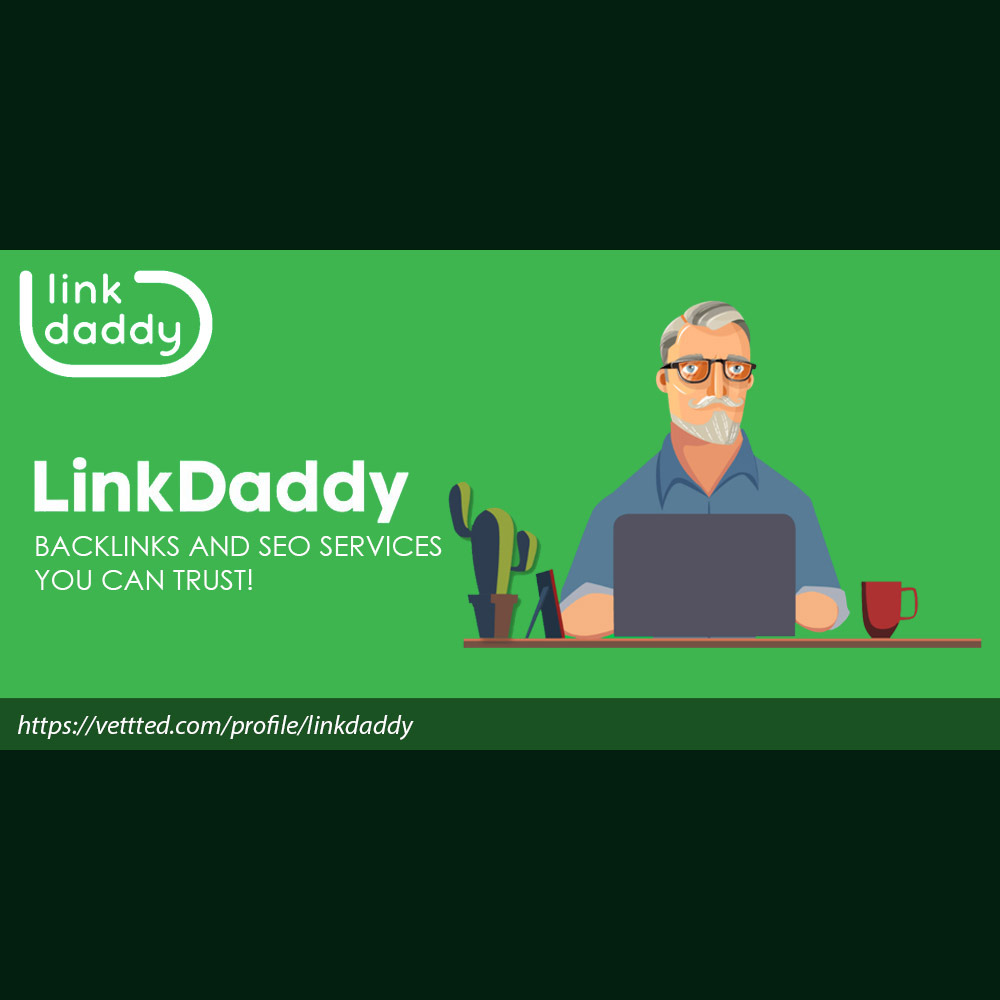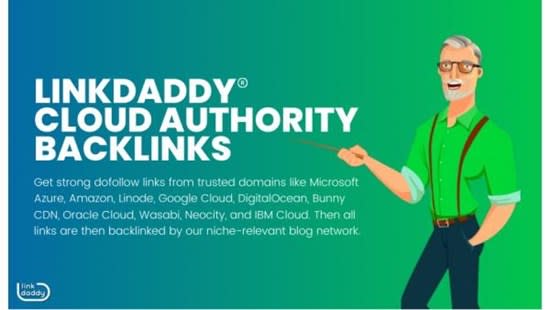LinkDaddy Cloud Services Press Release: Damaging Information and Updates
LinkDaddy Cloud Services Press Release: Damaging Information and Updates
Blog Article
Browsing the Cloud Solutions Landscape: Tips and Best Practices
In the swiftly progressing realm of cloud services, organizations deal with a wide range of difficulties and selections when it pertains to navigating the facility landscape of cloud offerings. With a myriad of solution models, differing safety considerations, and price optimization techniques to consider, the job of selecting the right cloud provider can be discouraging. Nevertheless, by recognizing essential ideal methods and pointers for successful cloud adoption, organizations can tactically place themselves for enhanced performance, flexibility, and scalability in their procedures.
Recognizing Cloud Solution Versions
Navigating the landscape of cloud services begins with a clear understanding of the different cloud solution versions available out there. Cloud computer supplies 3 primary solution models: Facilities as a Service (IaaS), Platform as a Solution (PaaS), and Software Application as a Solution (SaaS) Each model offers different levels of abstraction and administration obligations for customers.

Platform as a Service (PaaS) provides a system permitting consumers to create, run, and handle applications without the complexity of building and maintaining the framework. PaaS offerings consist of growth devices, database management systems, and organization analytics solutions.
Popular SaaS applications consist of customer connection management (CRM), e-mail services, and office performance tools. Understanding these cloud solution models is crucial for choosing the right fit for your organization's objectives and needs.
Examining Safety Considerations
Safety factors to consider play a crucial duty in the assessment of cloud solutions to ensure data defense and privacy. When evaluating cloud provider, it is critical to prioritize safety attributes and protocols. One crucial facet to evaluate is the supplier's conformity certifications, such as ISO 27001 or SOC 2, which show adherence to industry best methods for protection. In addition, analyzing the supplier's information security methods, both en route and at remainder, is vital to protect sensitive info from unapproved gain access to.
Additionally, assessing the service provider's physical safety and security steps at data centers, consisting of accessibility controls and monitoring, helps mitigate possible threats. Implementing multi-factor authentication and solid password policies adds an additional layer of defense against cyber threats - Cloud Services. Routine safety and security audits and penetration screening can additionally determine vulnerabilities and ensure continual enhancement of safety and security measures
Price Optimization Strategies
In addition to focusing on safety and security features and methods when assessing cloud provider, it is important to execute price optimization methods to maximize functional effectiveness and financial sources. One effective expense optimization strategy is to consistently examine and adjust your cloud use based upon real demands. This involves surveillance resource use, identifying underutilized circumstances, and scaling sources up or down appropriately. Making use of reserved circumstances or place instances, where relevant, can also cause significant expense financial savings. Another method is to utilize serverless computing solutions that bill based upon real usage as opposed to pre-allocated ability. Additionally, carrying out automated organizing for non-production instances to shut down throughout off-peak hours can help in reducing prices. Furthermore, taking into consideration multi-cloud or hybrid cloud techniques can give cost benefits by using the staminas of various service providers for different workloads. By proactively implementing these cost optimization methods, organizations can streamline their cloud expenses while preserving ideal efficiency and scalability.
Picking the Right Solution Supplier
When picking a cloud company, companies should carefully evaluate vital aspects to guarantee optimal efficiency and cost-effectiveness. One vital element to consider is the service provider's reliability and uptime warranty. Downtime can lead to significant disturbances to operations, leading to possible income loss. It is essential to pick a supplier with a proven performance history of high accessibility and durable catastrophe recovery procedures.
One more vital consideration is information security. When selecting a solution company, services should focus on the safety and privacy of their information. Seek suppliers that use strong security, routine protection audits, and conformity certifications to make sure information defense.
Scalability is also an important variable to evaluate. As organization demands evolve, the cloud company ought to use versatile scalability alternatives to accommodate growth or variations in need successfully. This ensures that companies can quickly change their resources without incurring unnecessary costs.

Applying Cloud Movement Program
To successfully change to cloud solutions, companies must diligently strategize and implement their cloud migration strategies. The process of implementing cloud movement plans entails a number of crucial steps that companies need to adhere to for a seamless change. linkdaddy cloud services press release. First of all, organizations ought to perform a comprehensive analysis of their current IT facilities, applications, and information to figure out which parts are appropriate for movement to the cloud. This evaluation assists in recognizing potential difficulties and threats that may develop throughout the migration process.
After the analysis stage, businesses need to create a detailed migration technique that details the timeline, source allowance, and vital here are the findings landmarks for the movement task. It is necessary to involve essential stakeholders from different departments to guarantee placement with organization purposes and minimize disruptions throughout the movement procedure.
Moreover, companies must think about aspects such as information safety, conformity demands, and scalability when choosing cloud provider and movement devices. Routine communication, testing, and monitoring are additionally important to address any kind of concerns immediately and guarantee a successful original site movement to the cloud. By adhering to these best practices, businesses can properly apply their cloud migration strategies and open the benefits of cloud services.
Verdict

With a myriad of service designs, differing safety and security factors to consider, and cost optimization methods to take into consideration, the task of choosing the appropriate cloud service supplier can be discouraging.Browsing the landscape of cloud solutions begins with a clear understanding of the different cloud solution versions available in the market. Cloud computing uses 3 primary service designs: Infrastructure as a Service (IaaS), Platform as a Solution (PaaS), and Software as a Service (SaaS)To successfully change to shadow solutions, businesses need to diligently plan and implement their cloud migration plans (universal cloud Service). By following these best methods, services can successfully Continued apply their cloud movement strategies and open the advantages of cloud solutions
Report this page